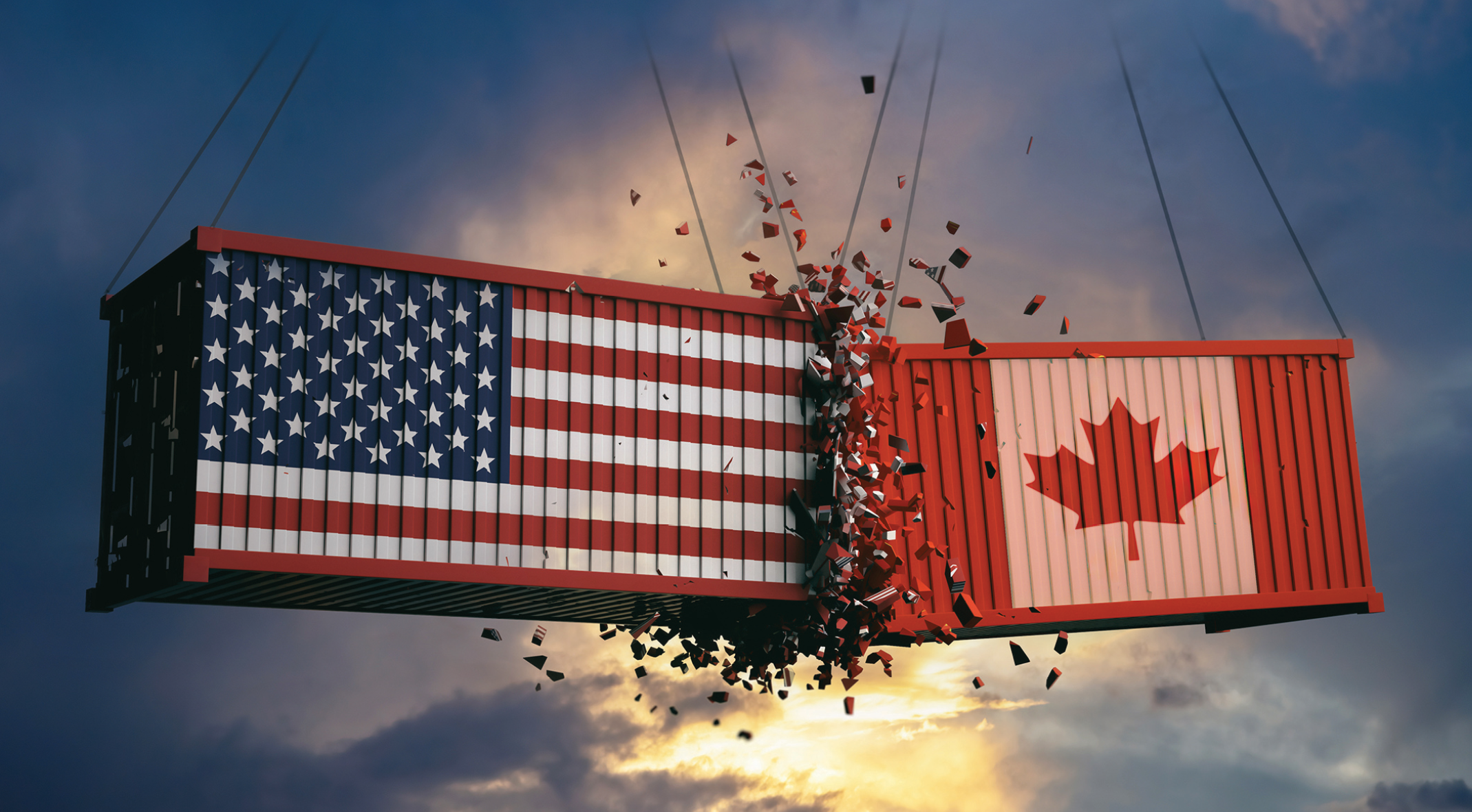From the Magazine: How to tariff-proof your business
Share
Share

So it happened.
The price hikes that the industry has been dreading for several months are finally here. And there is no stopping them. At least not for the next few months.
Eucon analysis, based on millions of price points that we regularly add to our platform, shows that part prices in Canada increased by over two to three per cent in the first half of 2025. The trend was a complete reversal from 2024, when prices steadily declined quarter after quarter in the aftermarket.
(OEM parts pricing since the pandemic has been a wholly different matter, which requires its own column.)
That drop was a welcome relief from the post-pandemic super-surge, but that is all over now. Blame everything on tariffs. And, as we know by now, they are here to stay — in some form or another. At least in the short term.
Some economists have commented that the impact of tariffs has been overblown. Indeed, data on general consumption from Q2 did not look as dire as some experts had predicted. In fact, inflation cooled down to 1.7 per cent in the month of July. Results were similar south of the border. But the full picture is only emerging. Prices will have trended higher by the time this column is published. Only a wild optimist would think otherwise, given the political and economic direction of our planet.
Faced with the inevitable, here are some strategies distributors and workshops can adopt to minimize the impact of tariffs:
Diversify sourcing beyond China while leveraging Canada-US-Mexico Agreement (CUSMA) advantages. While we do not tariff Chinese parts directly (as of writing), tightening levies on aluminum/steel from China and other low-cost countries will raise production costs and downstream prices.
CUSMA may be on shaky ground, but most goods still flow tariff-free in North America. Distributors can therefore reduce their exposure by building supply relationships with U.S. and Mexican manufacturers, who benefit from tariff-free access under the CUSMA agreement.
For example, the U.S. now sources more than 40 per cent of its parts from Mexico, showing that regional capacity is growing. Canadian distributors who proactively shift portions of their catalogue to CUSMA-qualified suppliers may face slightly higher unit costs initially but avoid the volatility of sudden tariff surcharges.
Retailers benefit from having consistent supply chains, which makes their pricing more stable and customer trust easier to maintain.
Use inventory strategy to smooth tariff shocks. Tariff measures in Canada, such as the 25 per cent duty on steel and aluminum from certain countries, often have advance notice. Distributors can take advantage of this by pre-buying key SKUs before tariff dates and negotiating extended terms with suppliers to spread out cash flow impact. Retailers should avoid overcommitting to slow-moving parts, instead focusing on predictable high-turn categories like brake components and filters.
Balancing safety stock with cash discipline ensures distributors do not tie up capital unnecessarily, while still buffering retailers from immediate price hikes when new tariffs take effect.
Adopt flexible pricing policies and transparent communication. Retailers and distributors should revisit their parts pricing structures more frequently, ensuring that markups keep pace with higher landed costs. Tools like pricing matrices, available in shop management systems, help apply consistent margin rules even as base costs rise.
Transparent communication with repair shops and end customers about tariff-driven increases reduces pushback and reinforces professionalism. For example, workshops using a tiered markup system may update rates quarterly instead of annually. This protects gross profit per repair order while giving distributors a structured way to pass through cost changes without eroding customer relationships.
Distributors and shops should also train their sales teams to explain increases as “tariff-driven”, not margin-driven, and offer bundled pricing (e.g. for kits) to soften the perception of price increases.
Leverage tariff remission and government relief programs. In October 2024, Canada introduced a remission framework to temporarily offset the impact of tariffs on EVs, steel and aluminum for qualifying businesses. Similarly, as of writing, the government was also reviewing the requirement to favour the use of Canadian steel and aluminum in local products.
Distributors should explore these opportunities to lower effective duty costs during transition periods. Retailers can benefit indirectly if their suppliers reduce costs through remission claims and pass some savings down the chain.
Staying current on trade policy consultations, such as Canada’s review of tariffs on batteries and semiconductors, gives distributors a head start on compliance. Proactive participation in industry associations such as the Automotive Industries Association (AIA) also strengthens their ability to lobby for broader or longer remission relief.
Invest in data analytics and demand forecasting. Tariffs create volatility that can ripple unpredictably across parts categories. Distributors who use demand forecasting tools can better identify which SKUs to stock heavily and which to source on demand, avoiding unnecessary exposure to tariff-inflated inventory.
Retailers should coordinate closely with distributors, sharing point-of-sale and repair order trends so that purchasing aligns with real market demand. For example, analyzing seasonal brake and battery replacement patterns allows distributors to stock up before tariff changes hit, reducing cost exposure while maintaining competitive availability for their retail partners.
Kumar Saha is Vice President (U.S.)/managing director (Canada) of global automotive data firm Eucon. He has been advising the North American automotive industry for over a decade and is a frequent conference speaker and media commentator. He is based out of Toronto.
This article originally appeared in the September 2025 issue of Jobber News
Leave a Reply